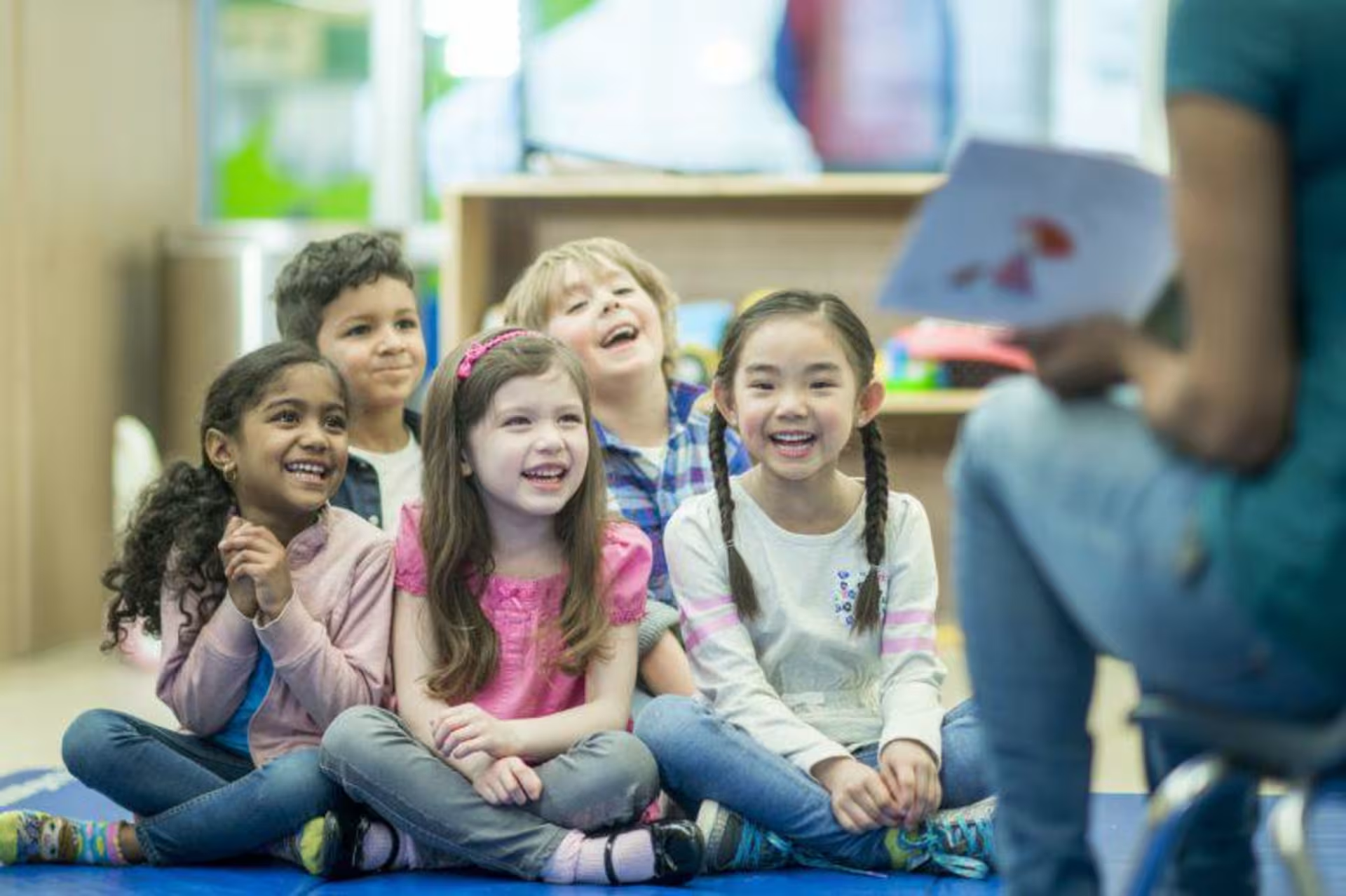Read time 4 minutes
Published on Dec 26, 2017
Read time 4 minutes
Published on Dec 26, 2017
Speak with a University Counselor today.
The views and opinions expressed in this article are those of the author’s and do not necessarily reflect the official policy or position of Grand Canyon University. Any sources cited were accurate as of the publish date.

As I explored my own thoughts on values and education, it became apparent to me that there are not a one-size-fits-all values set. When imparting values to our students, it is important to respect their family’s values.
While I realize that the idea of values is subjective at best, there are core values that all families tend to teach their children. As educators, these are the values we should model and reinforce in our classroom communities. Modeling positive and respectful behavior for students while still respecting the values their families hold dear is an important aspect of being a successful educator.
“There is a fundamental question we all have to face. How are we to live our lives; by what principles and moral values will we be guided and inspired?” (H. Jackson Brown, Jr.)
As educators, we are responsible for the lives of impressionable young people, our students who will spend up to 6.5 educational hours a day with us. Therefore, we have a great responsibility to give them the skillsets they will need to succeed in the world. It is important, however, to remember that this isn’t limited to killer social skills or the ability to navigate the academic world seamlessly; as educators, we also have to model great values.
In many of my interactions with educators and students in my practicum settings, I have noticed several core values are encouraged. One, students are encouraged to show acts of kindness not only to each other but also to faculty members. Educators model this behavior in my current practicum by practicing the “Have You Filled a Bucket Today” method (book of the same name by Carol McCloud) and by not dipping into each other’s emotional buckets. Students are rewarded for kind behavior and oftentimes do not realize that they are being kind.
Families practice self-discipline and honesty by encouraging students to own up to their mistakes because, as author Todd Parr says, “It’s okay to Make Mistakes” (it’s also a book!). Another value that I have seen in all of my practicums is that the students are taught compassion and to look out for each other. It is such an amazing thing to see students taking care of each other when someone falls down on the playground. I attribute this to the amazing teachers who enforce the values being taught at home.
I concluded that while ideally students do learn their core set of values at home, we as educators are obligated to teach them some very important values as well. As educators, we are responsible for using our classrooms to create environments that model positive value systems. These core values in our classroom communities can include kindness, responsibility, honesty, empathy, compassion, self-discipline, open-mindedness, patience, the willingness to compromise and the ability to accept diversity. Teaching these values will help our students who all come from various ethnic and cultural backgrounds learn to interact in a more harmonious manner both inside and outside of the classroom.
Many might argue that it isn’t the responsibility of educators to teach moral values to students, but isn’t that what educators have been doing since the beginning of time? My earliest memories from my kindergarten class were learning to be kind, share and always speak the way you would like to be spoken to. Martin Luther King, Jr. said it best in “the Purpose of Education,” his 1947 paper: “We must remember that intelligence is not enough. Intelligence plus character – that is the goal of true education.”
What that means is while the ultimate goal of educators is to nourish the minds of young children, we are also responsible for equipping them for society, which starts with teaching and enforcing positive value systems in our classroom communities. It starts at home but it finishes with us.
Grand Canyon University’s College of Education prepares students to teach from a foundation of learning, leading and serving. Learn more by visiting our website or contacting us using the Request More Information button.
References:
More About Anastasia:
Anastasia Smith is a junior at Grand Canyon University, currently pursuing a Bachelor of Science in Early Childhood Education. Looking to the future, she passionately aspired to teach for Arizona Head Start where she is currently serving as the 2017-18 chairwoman of the Parent Policy Board. she is an avid reader who just finished “Who Fears Death” by Nnedi Okorafor. She also enjoys TED Talks, mediation, and reading to her son’s preschool class. In her spare time, you can find her blogging at “Walking in My Purpose, Through Time and Space,” where she blogs about life as a domestic engineer and finding herself professionally. Anastasia is a native Arizonian who is excited to use her voice for underrepresented minorities both in the classroom and outside because everyone needs an educational advocate.